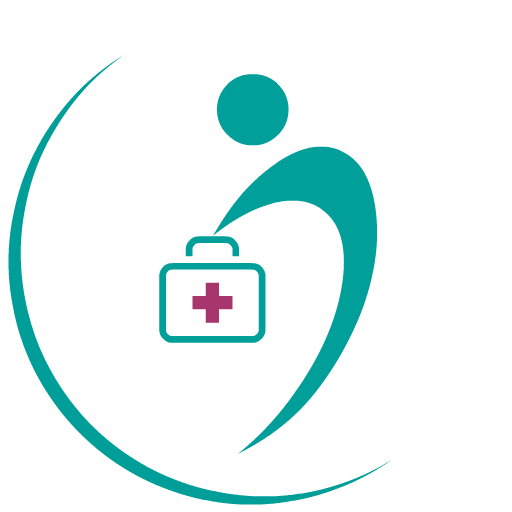The term runner's knee refers to any type of knee problem that affects your ability to run.
It includes conditions like arthritis, bursitis, tendonitis, and muscle strains.
You might hear a doctor call it patellofemoral pain syndrome.
Several things can bring it on:
Overuse. Bending your knee again and again or doing a lot of high-stress exercises, like lunges and plyometrics (training that uses the way your muscles lengthen and shorten to boost their power), can irritate tissues in and around your kneecap.
A direct hit to the knee, like from a fall or blow
Your bones aren’t lined up (your doctor will call this malalignment). If any of the bones from your hips to your ankles are out of their correct position, including the kneecap, that can put too much pressure on certain spots. Then your kneecap won’t move smoothly through its groove, which can cause pain.
Problems with your feet, like hypermobile feet (when the joints in and around them move more than they should), fallen arches (flat feet), or overpronation (which means your foot rolls down and inward when you step). These often change the way you walk, which can lead to knee pain.
Weak or unbalanced thigh muscles. The quadriceps, those big muscles in the front of your thigh, keep your kneecap in place when you bend or stretch the joint. If they’re weak or tight, your kneecap may not stay in the right spot.
Chondromalacia patella, a condition in which the cartilage under your kneecap breaks down
Symptoms
The main thing is pain. You might notice it:
Usually in front of your kneecap, though it could be around or behind it
When you bend your knee to walk, squat, kneel, run, or even get up from a chair
Getting worse when you walk downstairs or downhill
The area around your knee would swell, or you might hear popping or have a grinding feeling in the knee.
Diagnosis
Your doctor may recommend that you get an X-Ray if he thinks there's a problem with your knee. This test uses radio waves to create detailed images of your knee.
Treatment
For most people, a runner's knee will get better on its own with time and treatments to address the issue causing the pain. To relieve pain and speed up recovery, you can:
Rest your knee. Try to avoid things that make the pain worse, such as running, squatting, lunging, or sitting and standing for long periods of time.
Put ice on the knee to relieve pain and swelling. Do this every 3-4 hours for 20-30 minutes for 2-3 days or until the pain goes away. Wrap the knee. Use an elastic bandage, patella straps, or sleeves for extra support.
Rest your leg on a pillow when sitting or lying down.
Take NSAIDs as needed. These drugs help with pain and swelling. But they can have side effects, such as a higher risk of bleeding and ulcers. Use as directed on the label unless directed otherwise by your doctor.
Do stretching and strengthening exercises, especially for your quadriceps muscles. Your doctor can recommend a physical therapist to teach you what to do.
Try arch supports or orthotics for your shoes. They can help position your feet. You can buy them in store or have them custom made.
If you try these techniques and your knee still hurts, ask your doctor if you need to see a specialist like an orthopedist. It's rare, but you might need surgery in severe cases of runner's knee. An orthopedist can remove or replace damaged cartilage and, in extreme cases, correct the position of your kneecap to evenly distribute stress in the joint.
When Will My Knee Feel Better?
People heal at different rates. Your recovery time depends on your body and your injury.
While you get better, you need to take it easy on your knees. That doesn’t mean you have to give up exercise. Just try something new that won't hurt your joints. If you're a jogger, swim laps in a pool instead.
Whatever you do, don't rush things. If you try to get back to your workouts before you’re healed, you could damage the joint for good. Don't return to your old level of physical activity until:
You can fully bend and straighten your knee without pain.
You feel no pain in your knee when you walk, jog, sprint, or jump.
Your knee is as strong as your uninjured knee.
Prevention
Keep your hamstrings strong and flexible with regular exercise.
Use shoe parts if you have problems that can lead to runner's knees.
Make sure your shoes have enough support.
Do not run on hard surfaces such as concrete.
Stay fit and healthy.
Warm up before exercise.
Do not make sudden changes to exercises, such as adding squats or lunges. Increase the intensity of the movements slowly.
Ask your doctor if you should see a physical therapist.
If your doctor or physiotherapist recommends try a knee brace while exercising.
Use good quality running shoes.
Get new running shoes if yours are losing their shape or the soles are worn or uneven.
Blogs
Stay connected to health experts and read what they have to say via DocSmart.
Please sign up to create your own blog





